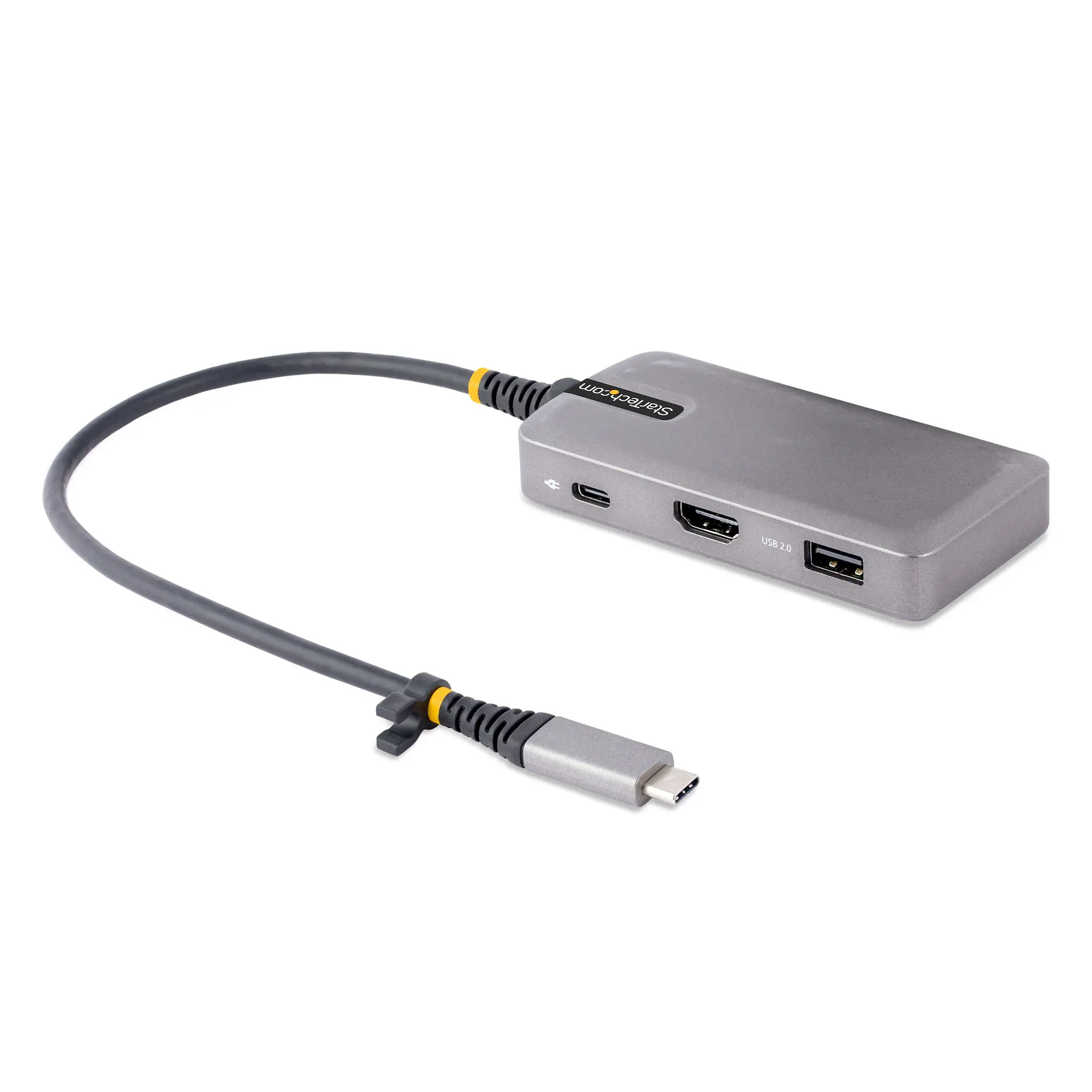How does a USB-C to USB 2.0 to DisplayPort adapter work?


USB-C to USB 2.0 to DisplayPort adapter is a versatile device that allows you to connect your USB-C enabled device to a DisplayPort monitor or projector. This adapter is particularly useful when you want to connect your USB-C device to a display that only supports DisplayPort input. In this article, we will explore how a USB-C to USB 2.0 to DisplayPort adapter works and discuss its various applications and benefits.
Understanding USB-C and DisplayPort
Before we delve into the working of the USB-C to USB 2.0 to DisplayPort adapter, let’s briefly understand what USB-C and DisplayPort are.
USB-C, also known as USB Type-C, is a universal connectivity standard that is becoming increasingly popular in modern devices. It offers a reversible connector, meaning you can plug it in either way, and supports various protocols such as USB, Thunderbolt, and DisplayPort. USB-C ports are found in many devices, including laptops, smartphones, tablets, and even some monitors.
DisplayPort, on the other hand, is a digital display interface that allows you to connect your computer or other devices to a monitor, projector, or TV. It supports high-resolution displays and offers superior video and audio quality compared to older standards like VGA and DVI.
How does a USB-C to USB 2.0 to DisplayPort adapter work?
A USB-C to USB 2.0 to DisplayPort adapter acts as a bridge between your USB-C device and a DisplayPort monitor or projector. It converts the USB-C signal into a DisplayPort signal, allowing you to transmit video and audio from your device to the display.
Here’s a step-by-step breakdown of how the adapter works:
1. USB-C to USB 2.0: The adapter first converts the USB-C signal to USB 2.0. This conversion is necessary because USB 2.0 is a widely supported standard and ensures compatibility with a wide range of devices.
2. USB 2.0 to DisplayPort: Once the USB-C signal is converted to USB 2.0, the adapter further converts it to a DisplayPort signal. This conversion enables the transmission of video and audio data from your USB-C device to the DisplayPort monitor or projector.
3. DisplayPort output: The adapter features a female DisplayPort connector that allows you to connect a standard DisplayPort cable from the adapter to the DisplayPort input on your monitor or projector. This establishes a direct connection between your USB-C device and the display.
4. Plug and play: Most USB-C to USB 2.0 to DisplayPort adapters are plug-and-play devices, meaning you can simply connect them to your USB-C device and the display without the need for any additional software or drivers. This makes them incredibly convenient to use.
Applications and benefits of a USB-C to USB 2.0 to DisplayPort adapter
USB-C to USB 2.0 to DisplayPort adapters offer several applications and benefits, including:
1. Connecting USB-C devices to DisplayPort displays: If you have a USB-C device, such as a laptop or smartphone, and want to connect it to a monitor or projector that only supports DisplayPort input, this adapter is the perfect solution. It allows you to extend or mirror your device’s screen onto a larger display.
2. Multiple display support: Some USB-C to USB 2.0 to DisplayPort adapters also function as USB-C hubs, offering additional USB ports and other connectivity options. This allows you to connect multiple DisplayPort monitors or other peripherals to your USB-C device, creating a multi-display setup.
3. Compatibility with other adapters: USB-C to USB 2.0 to DisplayPort adapters can also be used in conjunction with other USB-C adapters, such as USB-C to HDMI, VGA, or DVI adapters. This versatility allows you to connect your USB-C device to displays with different input options, ensuring maximum compatibility.
4. Portable and lightweight: USB-C to USB 2.0 to DisplayPort adapters are typically compact and lightweight, making them highly portable. You can easily carry them in your bag or pocket, allowing you to connect your USB-C device to any DisplayPort display wherever you go.
In conclusion, a USB-C to USB 2.0 to DisplayPort adapter is a versatile device that enables you to connect your USB-C device to a DisplayPort monitor or projector. It works by converting the USB-C signal to USB 2.0 and then to DisplayPort, allowing for the transmission of video and audio data. This adapter offers various applications and benefits, including compatibility with other adapters, multiple display support, and portability. Whether you want to extend your device’s screen or create a multi-display setup, a USB-C to USB 2.0 to DisplayPort adapter is a valuable tool to have in your tech arsenal.
Recent Posts
How do I create an engaging and informative online quiz or assessment?
Creating an engaging and informative online quiz or assessment can be a powerful tool for… Read More
What are the most effective methods for managing and reducing work-related stress in the hospitality industry?
Work-related stress is a common issue in the hospitality industry, where employees often face long… Read More
How can I improve my assertiveness and communication skills in a leadership position?
In a leadership position, assertiveness and effective communication skills are crucial for success. Being able… Read More
What are the key elements of a successful employee recognition and rewards program?
Employee recognition and rewards programs play a crucial role in motivating and engaging employees, as… Read More
How do I effectively manage and respond to customer feedback and reviews?
Customer feedback and online reviews play a crucial role in shaping a company's reputation and… Read More
What are the best strategies for effective time management as a stay-at-home parent?
Effective time management is crucial for stay-at-home parents who juggle multiple responsibilities on a daily… Read More